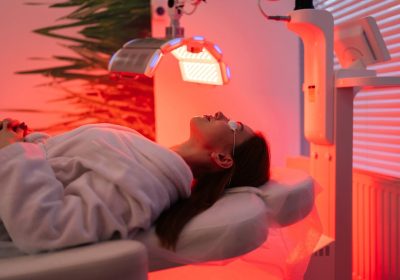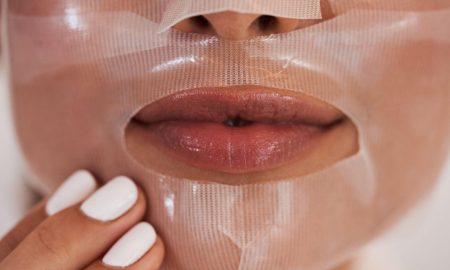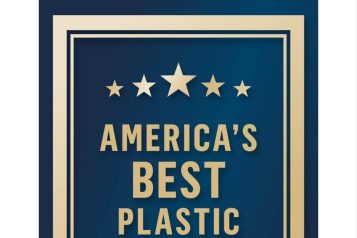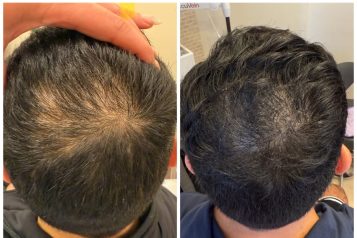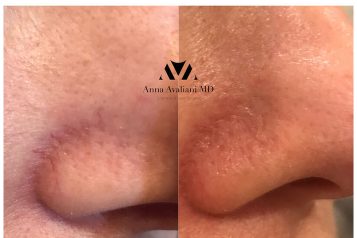Non-surgical rhinoplasty, also known as liquid rhinoplasty or filler rhinoplasty, has gained popularity as a less invasive alternative to traditional surgical rhinoplasty. However, while the promise of quick results and minimal downtime is appealing, there are significant limitations and potential drawbacks to this approach. Here’s a closer look at why non-surgical rhinoplasty might not deliver the desired outcomes.
 Photo Credit: Courtesy of Butsaya/Shutterstock
Photo Credit: Courtesy of Butsaya/Shutterstock
The Pitfalls of Using Fillers in Rhinoplasty
Creating Illusions: The Issue with Dorsal Humps
One of the primary uses of fillers in non-surgical rhinoplasty is to camouflage a dorsal hump. The logic behind this technique is to create a smoother profile by adding filler above and below the hump. However, this approach is fundamentally flawed. Instead of removing the hump, it merely adds volume, effectively creating two new humps—one above and one below the original. This can result in a nose that appears even larger and more pronounced than before, which is generally not the desired outcome for most patients.
Volume Addition vs. Volume Reduction
Most individuals seeking rhinoplasty aim for a smaller, more refined nose. Fillers, by their very nature, add volume. While this can be beneficial for areas like the lips or lower eyelids, it is typically undesirable for the nose. Adding volume to an already prominent feature often exacerbates the issue rather than correcting it. Thus, the theory of using fillers to mask imperfections by adding more substance runs counter to the common objective of nasal refinement.
Comparing Non-Surgical and Surgical Rhinoplasty Results
Philosophical and Practical Differences
The results of non-surgical rhinoplasty cannot compare to those of a well-executed surgical rhinoplasty. Non-surgical rhinoplasty is temporary and can only provide limited improvements. On the other hand, surgical rhinoplasty offers permanent and more precise alterations. While non-surgical options might offer a temporary solution, they lack the comprehensive and enduring results that surgical procedures can achieve.
Limitations of Non-Surgical Rhinoplasty
Addressing Specific Nasal Concerns
Non-surgical rhinoplasty is restricted in its capacity to address various nasal issues. It cannot provide structural support, improve definition, or remove bumps effectively. While fillers can sometimes serve as a temporary camouflage, permanent materials such as fascia, diced cartilage, or fat are often better suited for lasting results. The temporary nature of fillers means that any improvements are short-lived and require ongoing maintenance.
Common Complications of Non-Surgical Rhinoplasty
Bruising, Swelling, and Contour Imperfections
The most frequent complications from filler injections include bruising, swelling, and contour irregularities. Specifically, when fillers are used in the nose, the result can be an enlarged appearance, contrary to the patient’s desire for a smaller nose. Furthermore, the use of temporary materials complicates the assessment and planning of future surgical rhinoplasties, as the constantly changing filler can obscure the true nasal structure.
Serious Risks: Intravascular Injection
A significant risk associated with filler injections is the possibility of intravascular injection, which can lead to skin necrosis or blindness. The nasal blood supply's unique layout increases the risk of these severe complications compared to other facial areas. Therefore, the stakes are higher, and the potential for adverse outcomes is greater.
Why Non-Surgical Rhinoplasty Often Results in a Larger Nose
Inherent Volume Increase
Non-surgical rhinoplasty inherently results in a larger nose because fillers add volume. For those looking to reduce the size or refine the shape of their nose, surgical rhinoplasty is the more effective option. Surgical techniques can remove or reposition nasal structures to achieve the desired outcome, something that fillers simply cannot accomplish.
While non-surgical rhinoplasty can offer temporary improvements and avoid the recovery time associated with surgery, it comes with significant limitations and potential complications. For those seeking substantial and permanent changes to their nasal appearance, surgical rhinoplasty remains the superior option. Understanding these limitations is crucial for patients to make informed decisions about their cosmetic procedures and achieve the results they desire.
For more information, visit Robert Morin, MD's social media:




